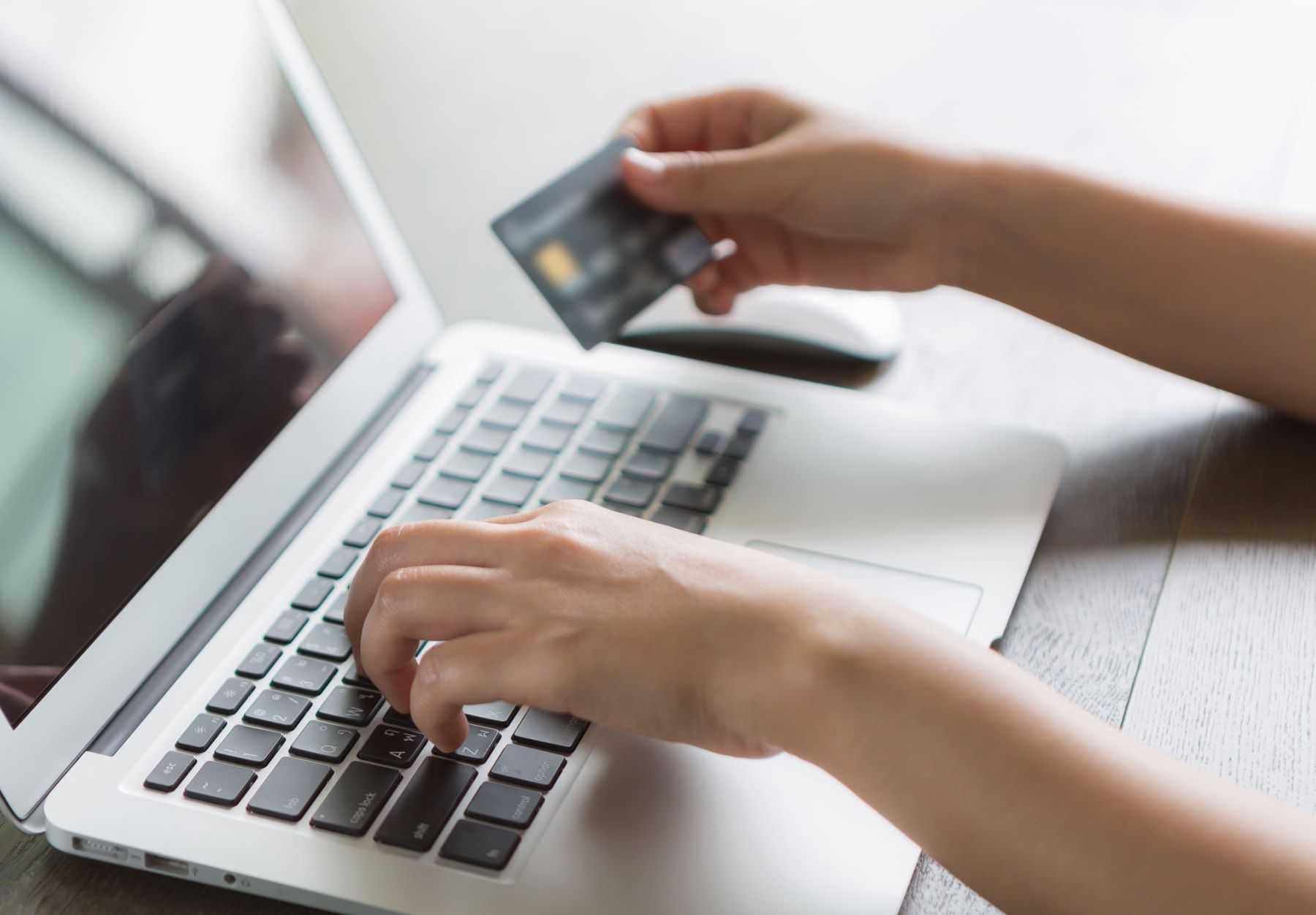Online Banking offers you unprecedented access to your account history and check images, and includes many features that make the trip to the branch a thing of the past! If you’ve never used online banking or wonder if your bank’s online banking service are up to par, read on.
1. Account Activity
Balancing your budget for the short term can be a difficult task when you’re using your monthly paper statement. You must track down your statements and categorize your purchases — only then can you begin analyzing your purchases and developing a plan. Online banking helps you with the first, and sometimes goes even further.
Most online banking services offer your account activity for the past 90 days, accessible form anywhere you can log on. Like a paper statement, your account activity is recorded in a timeline listing the amount of each transaction and the resulting balance. More advanced online banking services specify the sort of transaction by text color or by icon, making it easier to get an overall view of money flow. For example, purchases may be black, deposits green, and fees red.
The most advanced online banking applications allow you to categorize your purchases in the application itself, offering broad category titles like “rent,” “entertainment”, and “groceries.” Whichever category you attribute to a purchase, future purchases from the same merchant fall under the same category. As your purchases are gradually classified, the categorization becomes nearly automatic. This is a feature far beyond what a paper statement could ever offer you…
2. Online Statements
…But many people are still most comfortable with paper statements. The format, the familiarity and simplicity — it’s all there! If you prefer paper statements to the interactive features of online banking applications, online banking can still make your life easier. Most banks with online banking allow you to download and view your paper statements on your computer. Many even encourage you to receive your statements this way exclusively — ending the delivery of your paper statement altogether. These banks suggest you to make this switch because it costs them less money to deliver your statement electronically than to mail it to you. Yet there are two clear features of this delivery method that benefit you as well.
- It’s safer – Banks are eager to remind you that online statements cut out a step in the normal statement delivery process — the mail delivery. By avoiding the delivery process of mail, there are fewer ways in which your account information could get into the wrong hands.
- It’s faster – The bank can only mail your paper statement once the statement cycle ends, and so there is always a 2-3 day delay before you receive your paper statement. With online statements, you receive an email the day after your statement cycle ends and can immediately view your statement.
Some banks and credit unions allow you to received both paper and online statements at the same time, so if you’re considering making the switch to online statements, you can probably log on and explore this feature right now. If you become comfortable with online statements, you can cancel your paper delivery. Your bank might even plant a tree if you do. (Really.)
3. Check Images
A copy of a check serves as legal proof that you deposited it, and some people save check copies “just in case” they need proof of deposit. Most banks and credit unions with online banking allow you to view your check images online instead of requesting them with your paper statements. Like online statements, above, this feature saves you the hassle of paper and delivery. Paper check images often cost money too — either for a monthly fee or a ‘per check’ fee — and online check images are almost always free to view, download, and print.
4. Online BillPay
Online bill pay allows you to make payments to whoever you wish without having to write a check. After logging into your bank or credit union’s online banking site, you can specify who you want to pay and how much. Your bank will either make an electronic transfer or mail a check to satisfy the payment. A great benefit of using online bill pay is the option to schedule repeat payments. For example, if you pay a set monthly fee for internet access, you can schedule a bill pay from your checking account. As long as you have the money in your account, you don’t need to worry about missing a payment again. One word of warning: You should still check the monthly statement to make sure the mail address for payments or the amount due hasn’t changed.
Of course, some monthly bills, like utilities, are not for the same amount each month. These bills are best paid by scheduling a withdrawal from your checking account from the company’s website. The company will bill you the cost of the service that month. While the behind-the-scenes work for this sort of bill pay plays out a little differently from a payment you schedule in online banking, the result is basically the same — you are able to pay the bill electronically and avoid the monthly paperwork.
5. Activity Download
Most banks allow you to download your account information as a spreadsheet or in a format that money management programs like Quicken and MS Money can read. A few banks offer the even more advanced option of a ‘direct connection’ to your account through your money management software. If the service is offered, we will list it in the notes of the Quicken/MSMoney option.
Still, while you may be more familiar with Quicken or MSMoney, banks encourage account holders to use their online banking websites. Advances have been made in the last few years to make online banking better and even easier to use, and many banks have hotlines specifically for questions about online banking programs and services.
